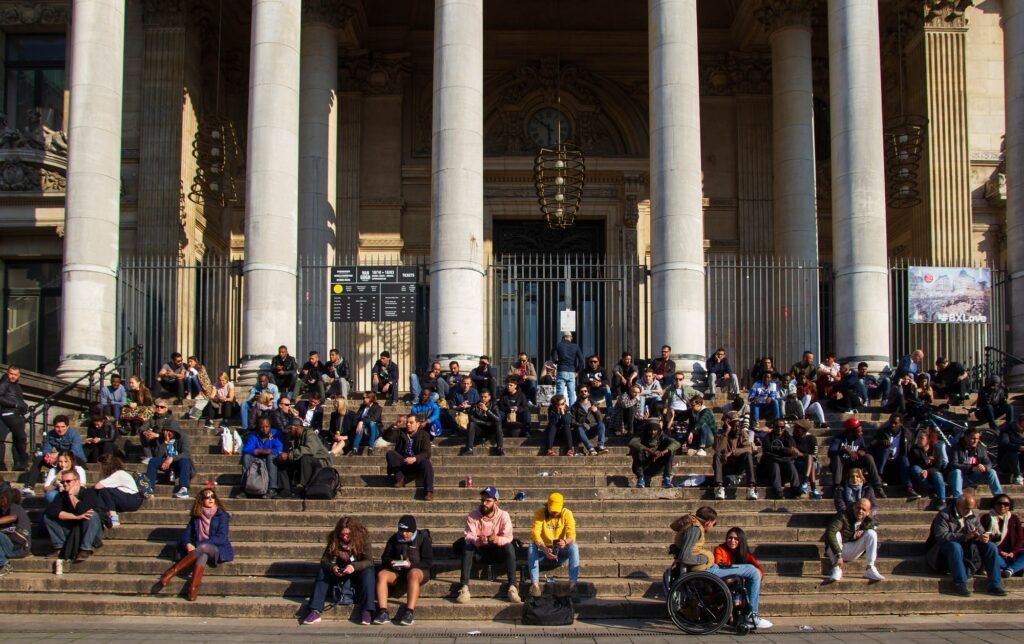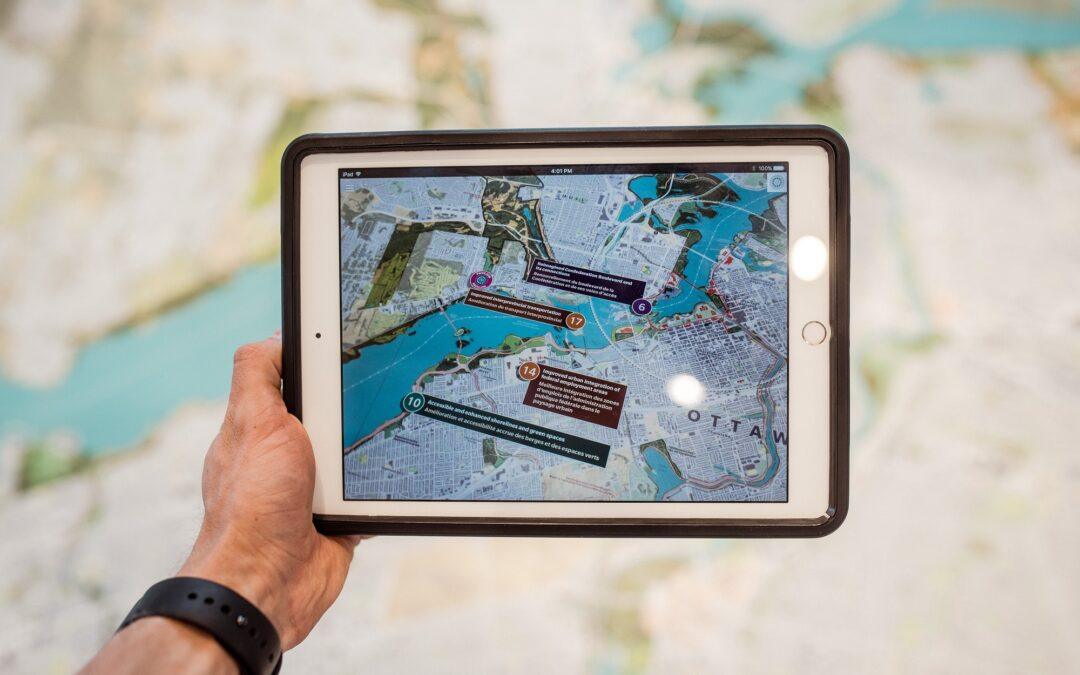If we consider how much the habits and awareness of the world’s population have changed in little more than three years, it is clear that change has required actions and proposals to ease the path marked by not a few difficulties.
Both the big cities and the small villages have devised, thought out and reprogrammed those activities that are part of their normality and everyday life. There is more and more talk of the ’15-minute city’, or the idea of building cities on a human scale, in which every citizen will be able to reach in a quarter of an hour, on foot or by bicycle, the services needed to eat, have fun and work. A proposal for residential neighbourhoods integrated with services, greenery, offices and factories.

Clearly, any innovative and futuristic idea must necessarily include visions and proposals that are the result of citizen consultations: actions are therefore the result of co-design and active participation.
Proposals and activities rely on citizen participation that require the use of broad and meaningful techniques of involvement. We know how easy it is nowadays to organise through online platforms (if you do not know this, we invite you to browse the digital catalogue created within the SINET project https://digitalsocialinnovation.org/digital-toolkit/ where you will find numerous tools, including useful links for organising online meetings); what we do know for sure, however, is how very often meetings turn out to be unproductive or uncreative, and do not always bring useful results, especially when it comes to involving many ideas and proposals from citizens, which are fundamental and decisive in innovation processes. Face-to-face meetings still remain the most important venues for generating interest in innovation, but increasingly new technologies are transforming the way we engage with each other, allowing people to interact both verbally and visually, but also through simulations. These include events such as Poptechand theTED (Technology, Entertainment, Design) in order to share and disseminate information and examples of the most innovative participatory practices. Many of these events use traditional formats, such as workshops or short monologues (as in TED). Today, it is also possible to organise conferences and meetings in the metaverse, such as the One World conference in conjunction with the Bali Conference on Climate Change and other online spaces.

It is clear that whatever the space, physical or digital, public institutions need greater participation of stakeholders and citizens to do their work. The political challenge of our time, the challenge of democracy in Europe, is how to channel people’s passion, skills and resources into complex, long-term projects that improve collective life.
Consider that back in 2003, now 20 years ago, the OECD (Organisation for Economic Co-operation and Development) published an interesting report of over 160 pages entitled “Promise and Problems of E-Democracy – Challenges of Online Citizen Engagement”. In this interesting document, you can find an analysis of the different experiences tried out at the time in the various European countries and initial conclusions on the benefits, limits and merits of using new technologies to support citizens’ participation in democratic life.
The path is still on the table today with numerous projects and initiatives, all of which have one basic idea in common: listening, discussing and gathering different information from citizens is the key to the processes of innovation of places, each within its possibilities. It is impossible to compare large urban centres with small rural towns, but it is possible to learn from small contexts participatory techniques that can become good innovative practices. Here are some examples that can serve as inspiration for proposing participatory activities at the local level, for public and private organisations but also for those who want to listen to ideas and proposals in their own city contexts, exploiting bottom-up approaches.







